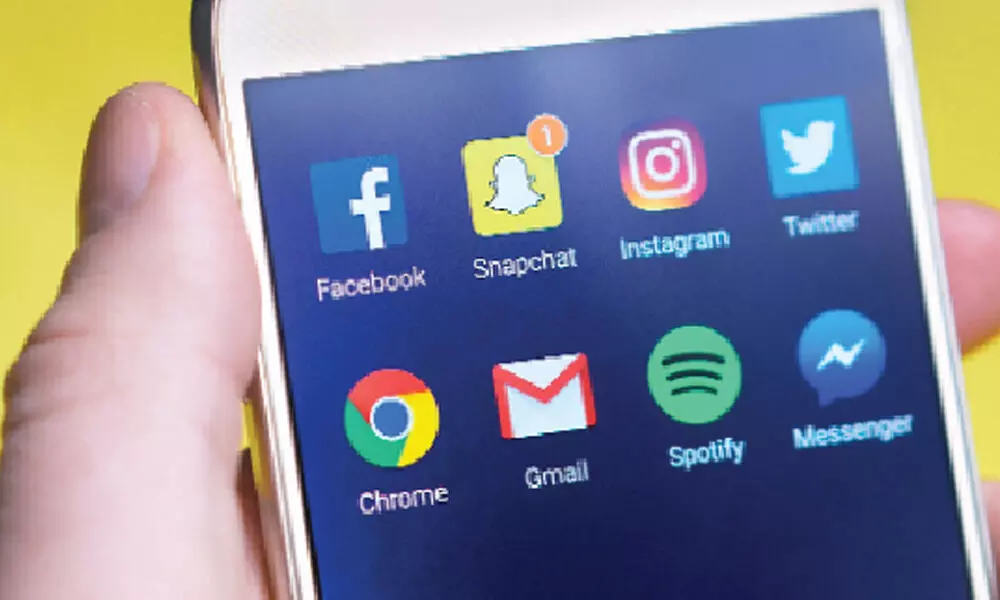Mobile marketing trends to watch out for in 2021
image for illustrative purpose

Going into 2021, marketers continue to face tight budgets along with high expectations. The importance of mobile as a channel cannot be overstated – it's a key driver for high ROI and consumer engagement.
During their prolonged time at home, consumers have become more willing and able to use digital methods of engagement. Already digital-savvy consumers are increasing their use, while individuals who once resisted digital interactions such as e-commerce, mobile finance and video calls are emerging as digitally engaged customers.
Such changes are evident in industries ranging from beauty to groceries: The emergence of new digital customer profiles is likely to continue and will require ongoing analysis to maintain the right customer sales and service channel mix. New customer preferences will also have significant implications on the percent of total revenue businesses should expect to drive through e-commerce.
Social isolation has brought technology even closer to the heart of the human experience. The most impactful events have combined physical and digital dimensions to create global reach for previously localized experiences.
Arguably more surprising than the abundance of virtual social engagements are the shifts for advisory services once thought to require in-person interactions. Medical visits have found their way online, online learning and education is spiking and customers are getting more comfortable with remote advisory services, such as in banking and insurance. Digital is gaining traction and trust as it is used during the crisis across critical business contexts, creating access, safety and continuity.
Brands are realizing mobile can help them fill a void left by the increasingly-challenged email and digital ad targeting space. It is absolutely expected that 2021 will build on the momentum of 2020.
In today's environment, unified channels and customer service are more important than ever, as non-essential businesses closed their doors to help slow the spread of Covid-19. This meant that retailers and shoppers alike had to pivot overnight to a digital-only reality.
Companies who are the fastest and more flexible in adapting to the new reality will have a huge advantage in the market and will become industry leaders the others will have to follow. For that, marketing is essential in this new race to be recognized as a market leader. It brings more business, new customers and more importantly, it creates and strengthens customer loyalty for the brand.
During this crisis companies move through three stages of response: stabilizing the company, reopening the workplace, and eventually growing the business.
Companies are going through these phases at different rates, each having its own pace. Sometimes, they even have different teams or departments within the company at different stages. Within each stage, it's important to focus on solutions for leadership, employees, and customers, to ultimately have business continuity.
For most companies, they need to stabilize during rapid unexpected change - focusing on employee health and safety, financial stability, and operational decisions. It's all about managing the crisis as quickly as possible.
Once a business has made rapid stabilizing decisions, they shift to reopen in their new environment. In this second phase, companies focused on enabling remote work for employees, reopening businesses and communities, and finding new ways of communicating with customers, at a massive scale in some cases.
And finally, companies that have successfully stabilized and normalized, emerge and grow to become a more digital, agile company - and begin prepping the 'Next Normal' post-crisis.
As the world begins to open back up, there's no doubt that life, as we know it, has changed. This is doubly true for the consumer. The way we buy, the things we buy, and the mindset in which we buy them have all been altered forever. This means that the way businesses present their products and communicate with their customers also needs to change.
Consumer habits have shifted drastically, and will likely continue changing. Getting to know this new customer and continually engaging with them to keep a thumb on the pulse of what they need is key to your success in marketing during and after Covid-19.
E-commerce has surpassed levels not expected until 2025 due to the Covid-19 pandemic, expected to bring in over $843 billion in sales this year.
With the rapid shifts that took place last year, 2021 will be about finding ways to reach wary consumers and filling your marketing toolbox with innovative strategies to stand out.

